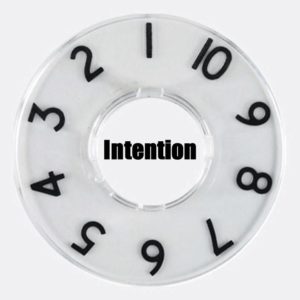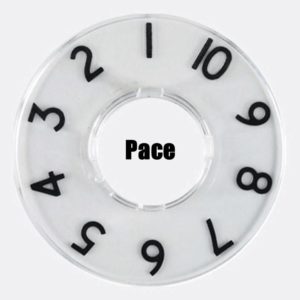Setting the Dials for More Intuitive Reads
You’re walking down the street and you’re thinking ‘Bend knee, move leg forward, straighten leg, set down heel, lean forward, lift the other leg…’ Of course not. You would fall over (and possibly be stopped by a beat cop and given a sobriety test). Walking, for the most part, is automatic. All you have to do is decide on a few things before you set off (such as direction, pace and terrain) and the rest pretty much happens intuitively. If you consciously thought about the mechanisms that allow you to stroll down the road while you’re strolling down the road, then you could be in serious trouble.
It’s the same with narration. Of course, there is prep work to be done in your head, but if you remain there, your reads can get a little clunky. As you know from your own human experience, the purest and most connected communication comes from the heart. When we get stuck in our heads during a narration read, for example thinking ‘How’s my voice sounding?’, ‘Should the pitch go up or down?’, or ‘Where the hell am I meant to breathe in this mile-long paragraph?’, we can end up pulling together a performance that, to the listener, may feel inexplicably shallow. They won’t know why exactly, but the message just doesn’t land right.
You’ve all been at a cocktail party, talking to someone who’s wearing the ‘I’m listening’ face and nodding politely, but you can sense that they’re scanning the room with their peripheral vision, looking for someone more interesting to talk to. How can you tell? Their face, body and voice appear to be doing all the right things, but somehow you just know they’re not really with you. You can feel it. We’re a clever species (ok, sometimes debatable) but we do have ways of clocking when something’s not quite right. Here’s the secret: communication is vibration (so is everything else in the perceivable Universe, but that’s a much longer blog). Walk into a room where people are shouting angrily at each other and pay attention to how your body reacts. You have a visceral response to the vibrations of their verbal communication. As performers, if we don’t generate the right frequency within us, it won’t be present in the voice and therefore won’t be there to reach the listener. And it’s no use trying to fake it. As I’ve been saying to students for many years: ‘If it ain’t in the body, it ain’t in the voice’.
Okay, so how do we take this grand notion of Universal vibration and apply it to our little ole’ narration reads? I’m glad you asked. Let’s start with the decisions made in the head and three funky dials to illustrate:
Intention
Think of intention as the verb. What are you trying to achieve with this communication? How do you want the message to be received? Are you: informing, convincing, guiding, explaining, seducing? Intention is the leading decision as it forms the foundation of the message. If you don’t have a clear idea of your intention, your read is likely to miss the mark.
Pace
Pace is important, and must be considered, but you needn’t think too hard about it as pace usually takes its cue from the intention and the visuals. If the intention is seducing, for example, it’s unlikely that you’ll be speed reading. If the visuals are racing jet skis, then a slow-as-molasses delivery probably won’t be the best choice. Of course, the producer/director will have something to say about the pace of the read so, you know, let them have their say.
Formality
Is the narration aimed at toddlers learning their first words or is it a film presentation for Oncologists about a new cancer treatment? Setting your Formality dial informs your reads in ways you won’t even have to think about. Just know who you’re talking to and let the rest happen.
Ok, so now that you’ve done all your ‘thinky-think’ and dialed in your read with Intention, Pace and Formality, it’s time to lose your mind. Literally. Visualize all your heady choices dropping down into your heart area and then generate the feeling of the intention. When you’ve set your dials and your narration is flowing, you’ll be going from eyes to voice with not much going on in the mind. Now you’re flying! You’re actually charging the sound waves with the frequency of your intentions and emotions. If your spine tingles while you’re narrating an inspiring film for a sales team, chances are the sales team will feel the tingle as well. Everything. Is. Vibration.
There we have it. Set your narration dials, feel your way into the message and get ready to produce more intuitive and connected narration reads.
Happy Voicing!
Dian x




















